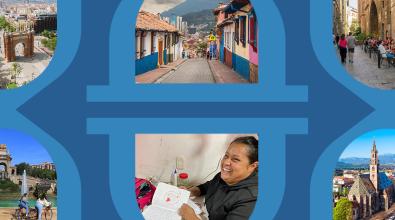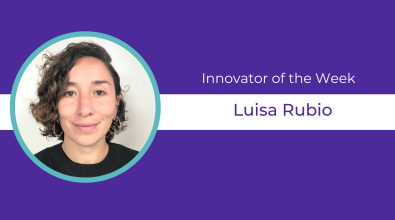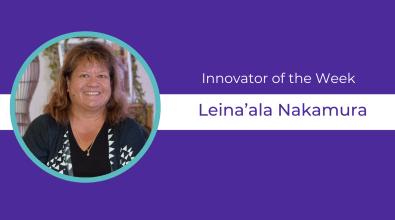Using data and collaboration to build career opportunities for women of color

Title: Diversity, Equity, and Inclusion Director
City: Rochester, Minn.
When Chao Mwatela started as Rochester’s Director of Diversity, Equity, and Inclusion early last year, she knew she needed data to better understand racial disparities in the city. One datapoint that jumped out: Women of color make up 13 percent of Rochester’s population but hold only 1 percent of the well-paid jobs in the city’s booming construction industry.
Along with Mayor Kim Norton and many colleagues at City Hall and in the community, Mwatela set out to change that. Their idea to create a co-design committee consisting of industry partners and women of color won $1 million in the Bloomberg Philanthropies Global Mayors Challenge.
That group is now engaging communities to understand and break down barriers that women of color face in construction, architecture, and other jobs related to the built environment. One big area of concern is inclusivity at work sites, where the vast majority of workers are white men. Three companies have undergone assessments of their workplaces, hiring practices, and other policies. One common fix needed is to add a women’s restroom on job sites. Another, of particular importance for Muslim women, is to add a meditation and prayer room.
“What I appreciate about the recommendations is that it’s not all bad,” Mwatela says. “Some of it is highlighting things employers are doing right that they can expand on. And then there’s areas of opportunity to address.”
Another key focus is on recruiting and training women of color for jobs that are in demand. Some require connections to apprenticeships before they can go to work. Others have the skills needed, but could use help with anything from English proficiency to purchasing boots or tools. When women begin placements at job sites next spring, they’ll go together in groups of two or three. “Women told us they wouldn’t feel comfortable going in by themselves,” Mwatela says. “They want to go in as a group.”
A third focus area is to inspire more girls to consider construction-related jobs as a future career. Another co-design committee, which includes middle- and high-school students, is now working on understanding the long-term opportunities and proposing solutions. “Something we heard from all of the women of color was the idea of early and consistent exposure,” Mwatela says. “Most of them didn’t even know that half of these careers existed.”
Pro tip: “The person with lived experience is the expert in their reality. Put their experiences at the forefront of all the work you do.”


